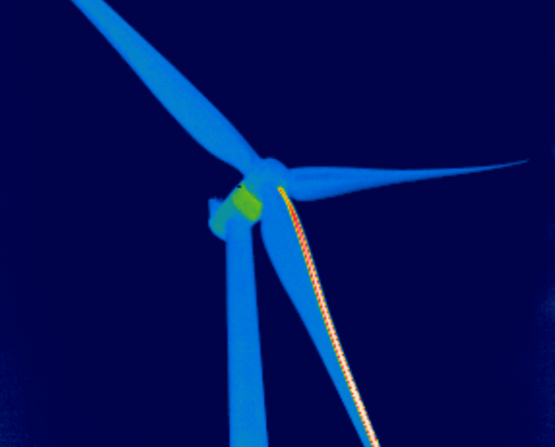
Fighting icing
Fighting Icing project is translating the state-of-the-art knowledge and solutions to detect, prevent and mitigate icing problems in various applications to structured and concrete methodologies for implementation. Specific attention is given to atmospheric icing in low and moderate temperate climates, such as in Belgium and similar regions. This is done by recreating the relevant icing events in a laboratory environment, by testing and evaluating the state of the art in ice and no-ice detection methods, and by evaluating anti-icing or de-icing surfaces (i.e. coatings and laser texturing) for these conditions. At the end of the project, a synthesis of the optimum solutions against icing issues are provided.
Context
Icing causes performance loss, material degradation and can create safety issues in many systems and applications. This happens especially in polar regions where severe icing occurs frequently, but also in Belgium, where icing events are less frequent, however still a concern to different industries such as wind energy and aerospace, since the optimal response to icing represents a significant economic value. Recent technological developments (e.g. sensors, IOT, machine learning algorithms, anti-ice coatings and surface treatments) have made new solutions available for detecting, preventing or removing ice. However, many companies are struggling to adequately and cost effectively cover the icing aspect when developing, validating or using their ice-sensitive systems. This is mostly due to the fact that the solutions developed for polar climates or heavily iced regions in the world are often not applicable or not economically optimal in low or moderate icing climates. For this reason our region needs new tailored technological solutions to mitigate and "fight" the risk of icing.
Icing test setup being developed by Sirris within the Newskin project (left) and example of integrated blade de-icing system in leading edge of a wind turbine in Belgium (right)
Goals
In this project Sirris will build up knowledge and develop solutions to mitigate icing problems that are implementable by companies of different industries in the following domains:
- Building a deeper understanding of the creation and prevention of ice and its impact by investigating different ice types and icing events with its associated risks, listing the certification standards relevant to icing and evaluating the icing impact particularly on the energy production of wind turbines.
- Assessment of solutions for ice and/or no-ice detection sensors, measurement concepts and data processing and validation in the laboratory environment, including their reliability.
- Knowledge about the application of anti-icing or de-icing surfaces by investigating coatings and texturing in terms of their technical and economical performance, compatibility with different substrates, full validations of these.
- Method and infrastructure for accelerated and cost-effective icing tests on real scale.
- Integrated approach to optimal icing management presented on selected demonstrators.
Sirris is also partnering up with the universities VUB, KULeuven and University of Antwerp, to further explore the suitability of their beyond-the-state-of-the-art solutions that would be ready to be implemented by industry in the short term.
Partners
Sirris is also working with the VUB, KULeuven and the University of Antwerp to investigate the usability of their solutions that go beyond the state of the art and could be adopted by industry in the near future.
Funding
This project is funded by VLAIO within the COOCK trajectory.
Reference
VLAIO COOCK Fighting icing , HBC.2019.2495



